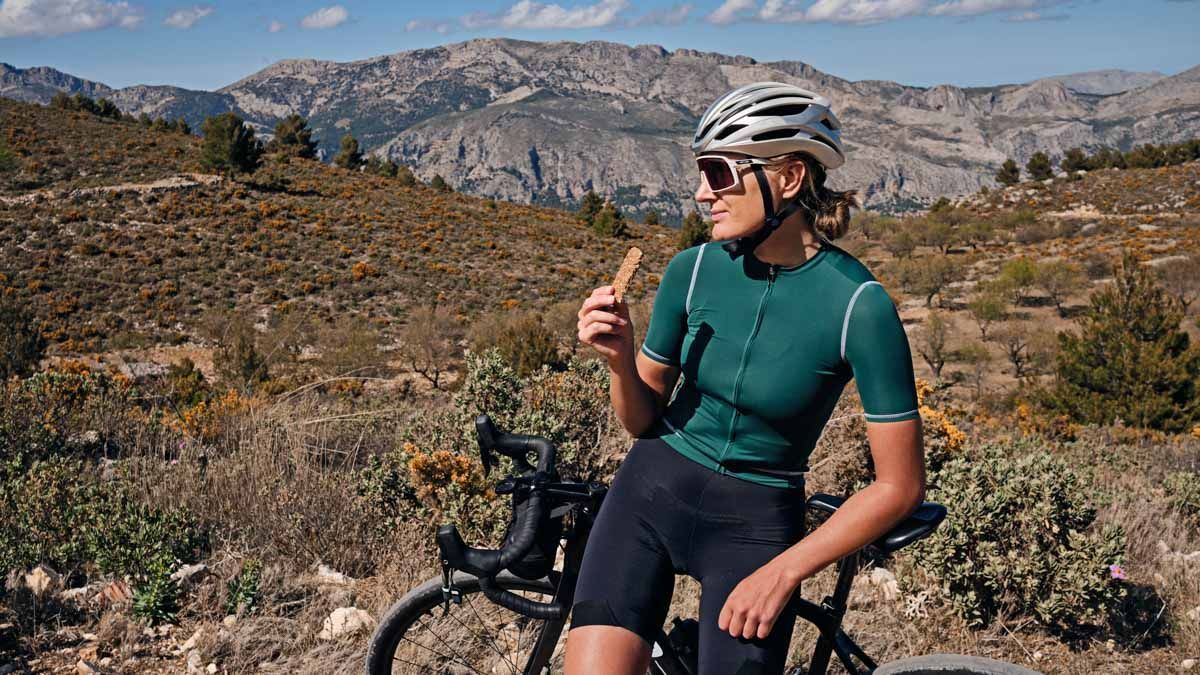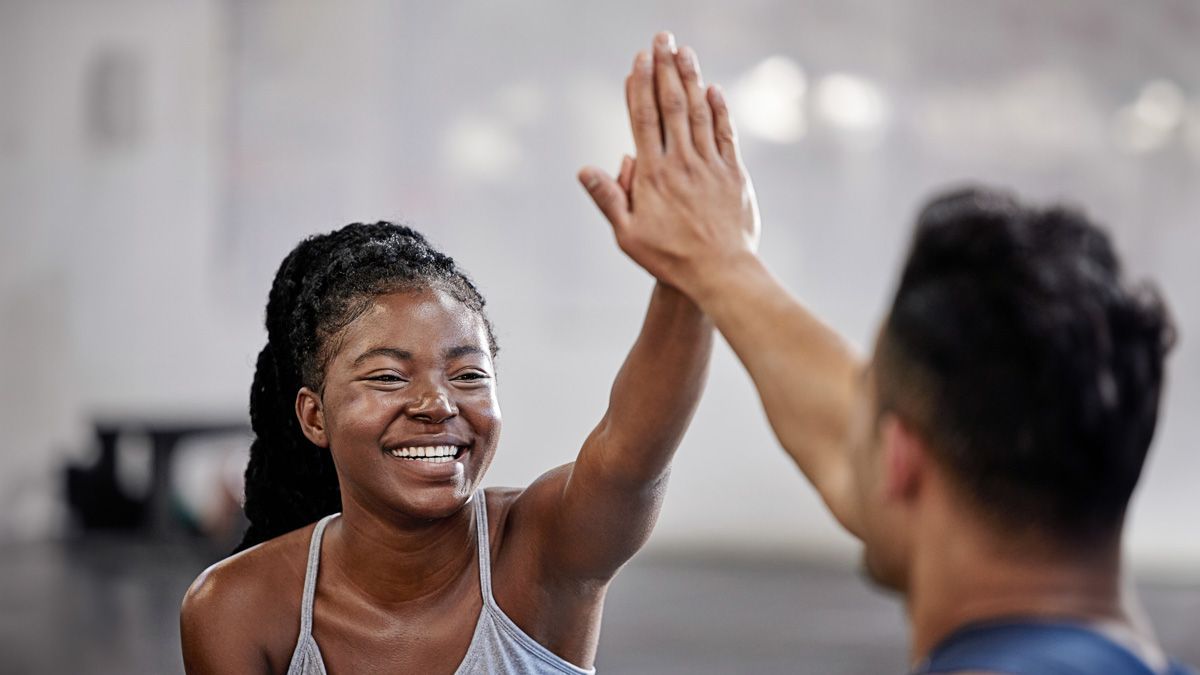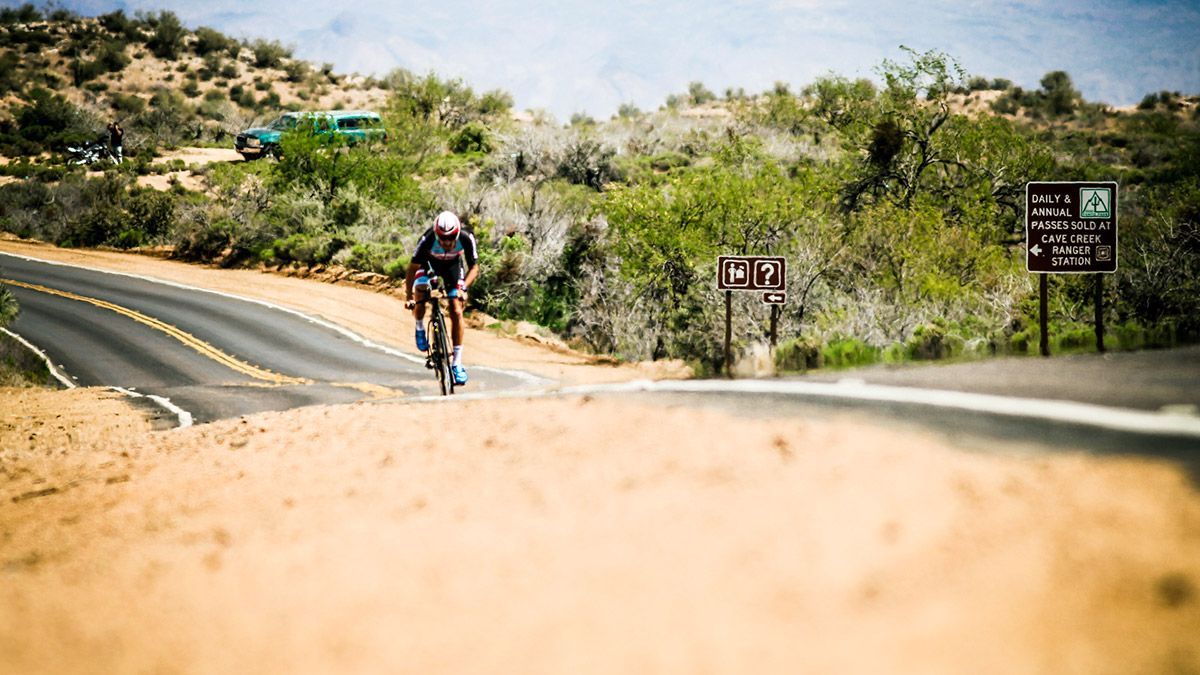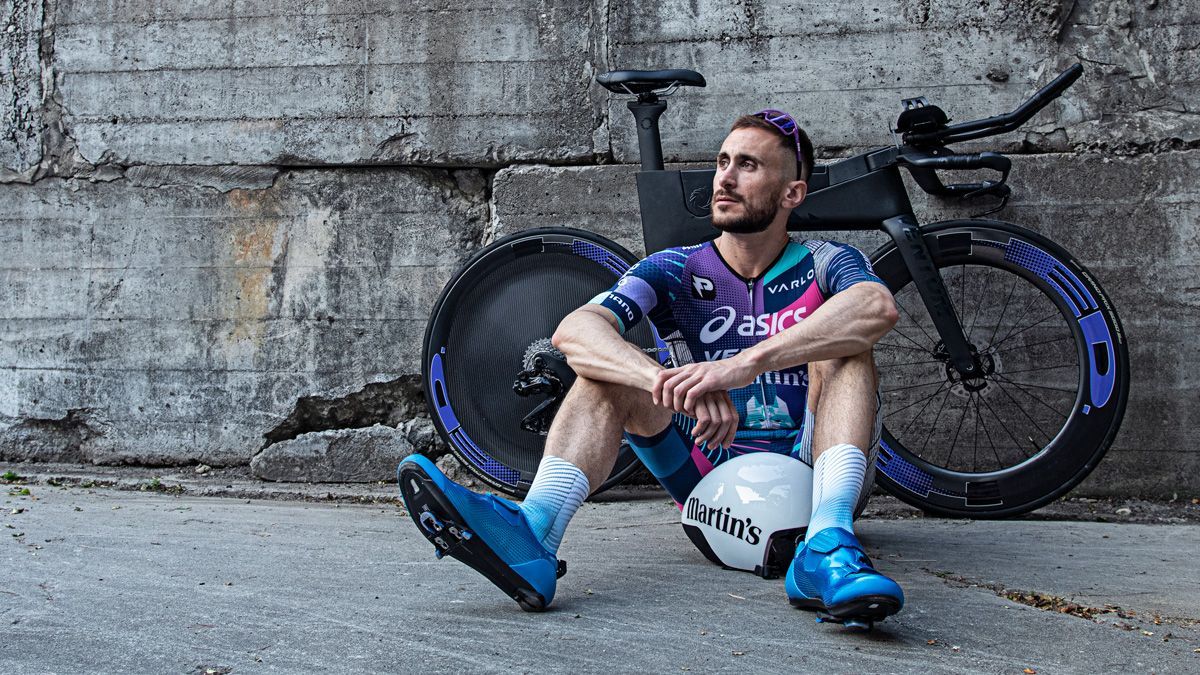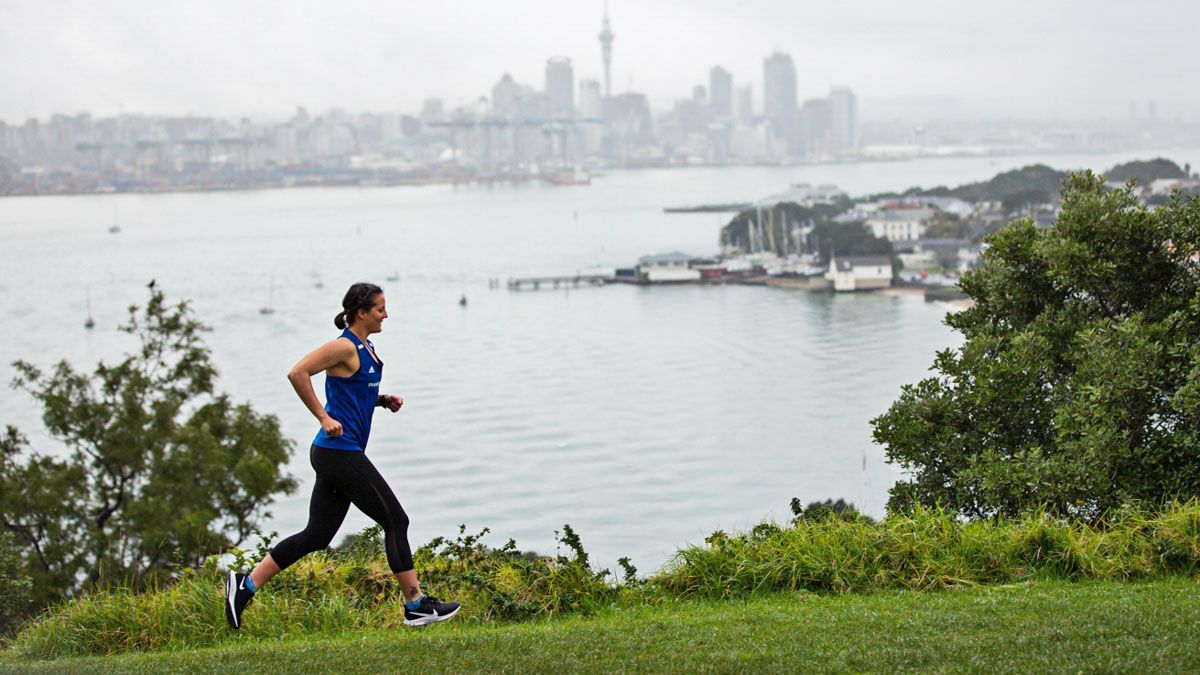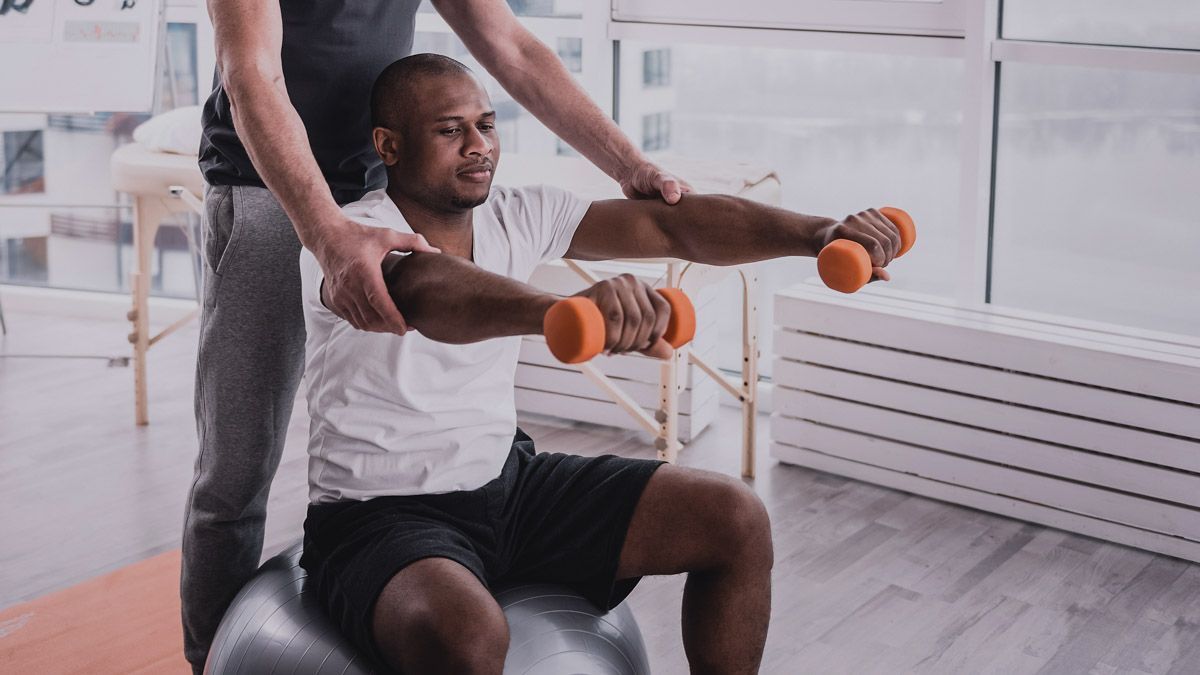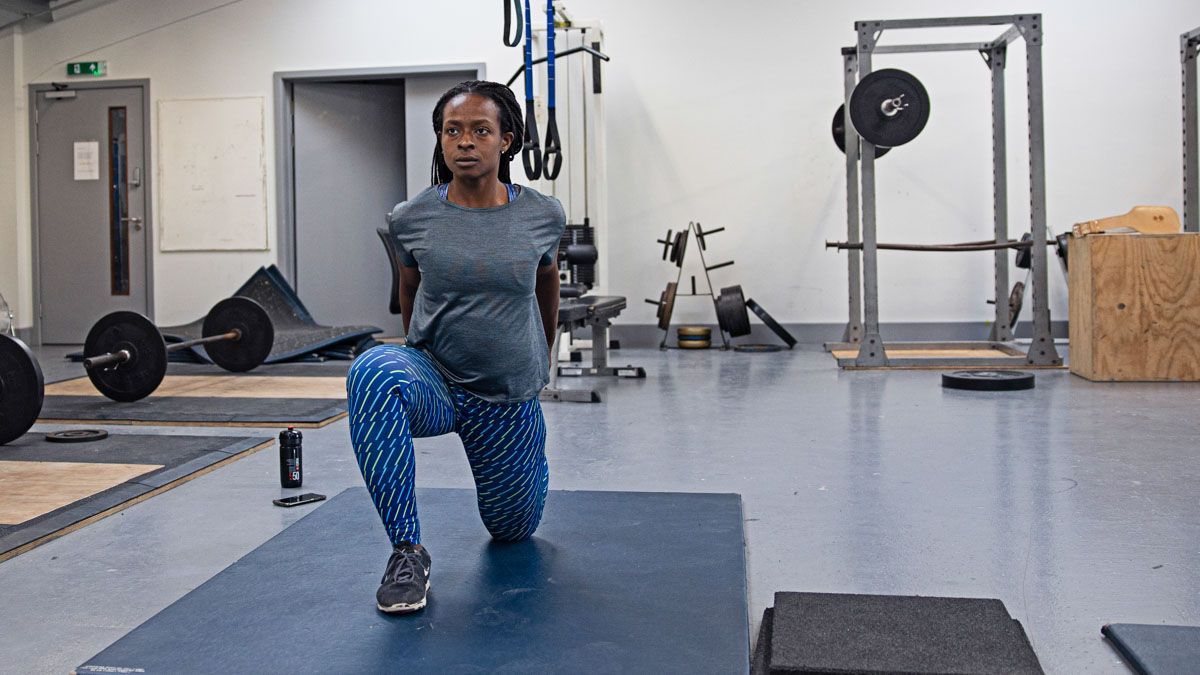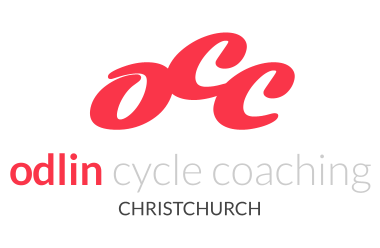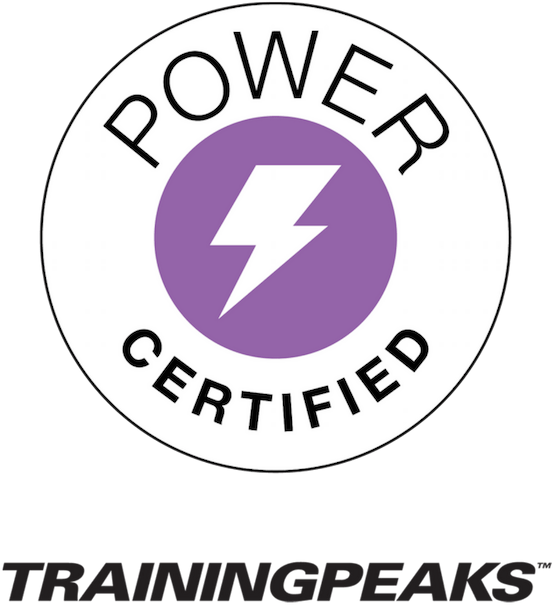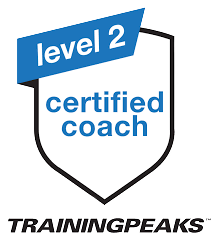What to Consider When Finding Your Ideal Cycling Cadence
Finding Your Ideal Cycling Cadence
A higher cycling cadence will optimize power output while minimizing neuromuscular fatigue—but is is right for your goals, physiology and style of riding?
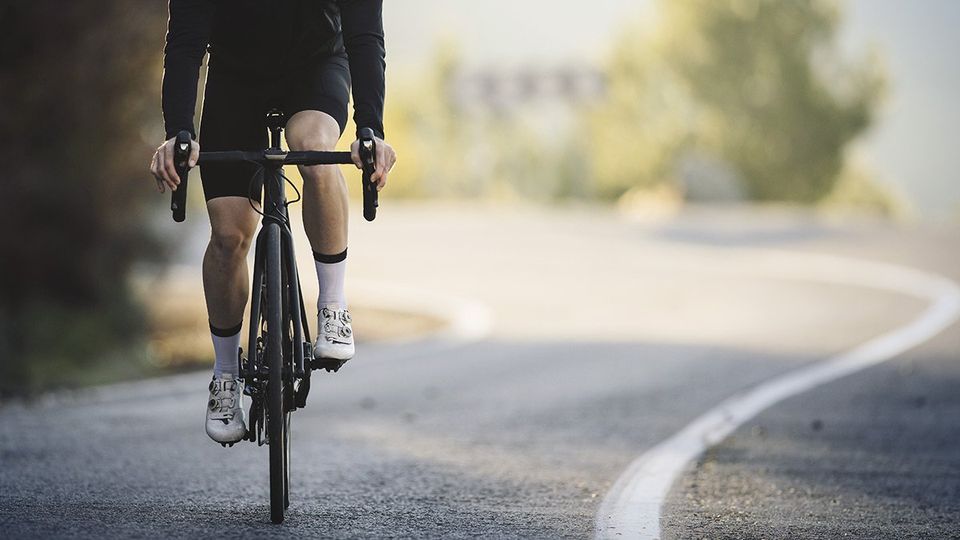
A lot has changed in the world of professional cycling in the last 30 years, from faster bikes and new technology, to smarter training and better nutrition.
If you watch an old Tour de France stage (and I mean old, like circa 1990), you’ll notice a big difference in the riders’ cadence—practically all the guys back then would slap it in the biggest gear possible and grind away. It was thought that if you could ride the biggest gear for longer, then you’d go the fastest. But the 65 RPM smash fest of yesteryear seems almost quaint after watching Chris Froome pedal away from the pack at 100 RPM on Mont Ventoux.
The first prolific rider to adopt a high cadence was Lance Armstrong, and over the years, most elite riders have followed suit. But what is it that makes a high cadence more effective? And is it really more effective for every rider?
